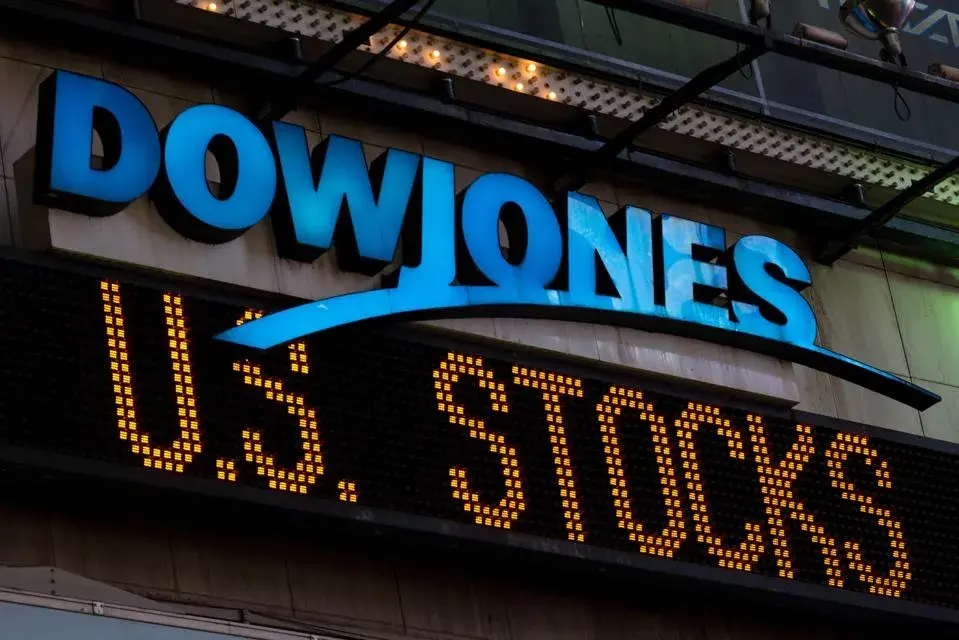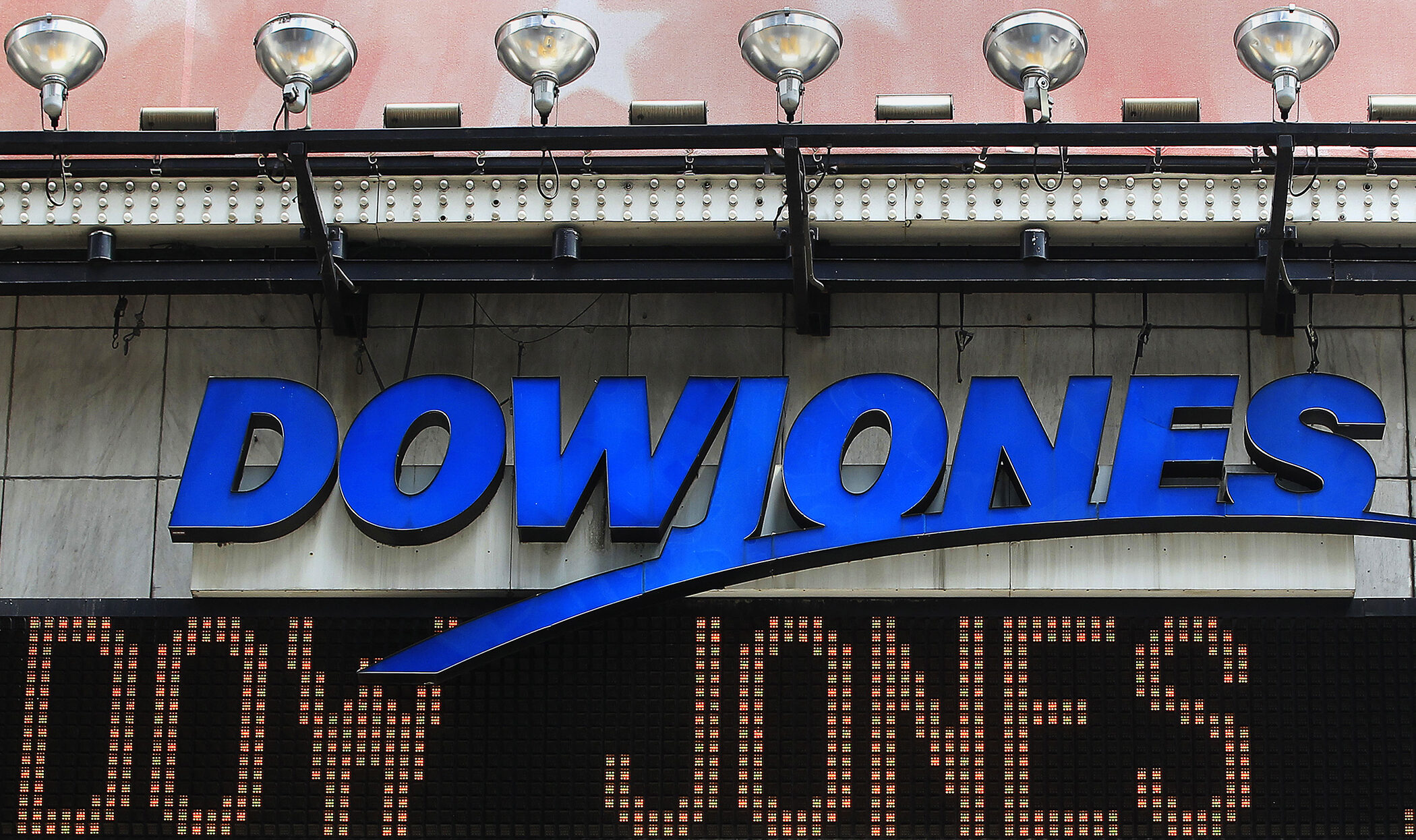NEW YORK (CNN/Money) – After rallying in late May and early June, Wall Street has been range-bound for days, and the same sheepdogs that kept stocks penned in last week will probably keep them in the doldrums again this week.
After bottoming out May 17, the Dow Jones industrial average and the S&P 500 jumped more than 5 percent through June 8. The Nasdaq jumped nearly 8 percent during that time.
But stocks dropped June 9 and have gone nowhere since, on extremely light volume. This week, despite strong economic reports, signs of tame inflation and good news on corporate earnings, the Dow rose just 0.1 percent, the S&P 500 fell 0.1 percent and the Nasdaq was off by 0.6 percent. (For a list of key events this week, click here.)
Excluding program trades, activity in the past few weeks — which have included the Memorial Day holiday and Ronald Reagan’s funeral — showed the lowest volume since September 2000, aside from year-end holiday weeks, according to technical analyst Jason Goepfert, president and CEO of Sundial Capital Research.
What’s more, the weak trading has been decidedly … indecisive.
“Our shortest-term measures continue to wallow around in neutral territory, and they still show no clear edge in either direction,” Goepfert wrote in a note late Thursday.
The usual summer doldrums are largely to blame for the lack of trading volume, but competing fears and hopes have driven prices back and forth, with shares unable to build momentum in one direction or another.
The biggest of these short-term motivators have been inflation, interest rates and oil prices. On days with higher oil prices, strong economic reports or hawkish comments from Fed officials, inflation and interest rate fears have driven stocks lower. On days when oil prices have retreated or the inflation outlook has seemed benign, stocks have gained.
Even June 30, the date of the next Fed policy meeting and the handover of Iraqi sovereignty to a temporary government, could turn out to be less of a watershed date than some analysts have hoped. After all, the market couldn’t be much more prepared for the widely expected Fed rate hike that day, and few expect all of Iraq’s problems to be magically solved July 1.
“Eventually, the pieces will come together, there will be a decisive trend, and the market will advance,” said Bernadette Murphy, chief market analyst at Kimelman and Baird. “But we’re going to have this battle going on for a while,” likely until the fall, in her opinion.
analysts worry the uncertainty could go on longer than that. September and October are often lousy months for stocks. The presidential election in November also looms large. Wall Street believes it will best be served if President Bush is re-elected, but that’s far from a sure thing at this point, and Wall Street hates uncertainty above all.
Fears of terror attacks or oil-supply disruptions could also keep traders from getting too enthusiastic.
That’s not to say, however, that money can’t be made in such an environment.
“It’s a good time for those who are inclined to take gains to realize them now if they’re going to do it anyway — I don’t think the market’s going anywhere for a while,” said William Hummer, principal and market strategist at Wayne Hummer in Chicago.
“If there are any aberrations in value, sudden changes in stocks, you can take advantage of that and do some buying,” Hummer added. “Sometimes it happens in a vacuum that, when volume dries up, some desirable equities can be adversely affected in the short term.”
Earnings: don’t fear the broker
Wall Street won’t have much in the way of earnings news to chew on this week, with few quarterly reports scheduled. Several retailers, including Walgreen (WAG: Research, Estimates), Kroger (KR: Research, Estimates), Christopher & Banks (CBK: Research, Estimates), Bed Bath & Beyond (BBBY: Research, Estimates), Family Dollar (FDO: Research, Estimates) and Rite Aid (RAD: Research, Estimates), report.
FedEx (FDX: Research, Estimates) reports fiscal fourth-quarter earnings Wednesday morning. The world’s biggest express delivery firm has already raised its guidance for the quarter, so any good news may already be baked into the cake. Analysts, on average, expect FedEx to have earned $1.33 per share compared with 92 cents a share a year earlier, according to earnings tracker First Call.
But the biggest reports of the week could come Tuesday before the bell, when earnings from brokers Goldman Sachs (GS: Research, Estimates) and Morgan Stanley (MWD: Research, Estimates) are due. Despite higher interest rates, Lehman Brothers (LEH: Research, Estimates) and Bear Stearns (BSC: Research, Estimates) reported strong fixed-income business in the quarter, and traders will be looking for more of the same from their bigger competitors.
Analysts, on average, expect Goldman to have earned $1.95 a share, compared with $1.36 a year earlier. They expect Morgan Stanley to post a profit of $1.06 a share, compared with 55 cents a share a year earlier.
Key events in the week ahead:
-
Monday afternoon, Fed Governor Ben Bernanke speaks in Paris about the euro.
-
Tuesday morning, Fed Governor Donald Kohn testifies before the Senate Banking Committee about regulatory reform; later, Philadelphia Fed President Anthony Santomero speaks about education, and Fed Governor Susan Bies will speak elsewhere in Washington about risk management and corporate governance.
-
Thursday morning, the Labor Department reports the number of new claims for unemployment insurance for the week ending June 19. Claims dropped in the week of June 12 to 336,000 from 350,000 the prior week.
-
Also Thursday morning, the Commerce Department reports on orders for durable manufactured goods in May. Economists, on average, expect orders to rise 1.6 percent, compared with a drop of 3.2 percent in April, according to Briefing.com.
-
Later Thursday morning, Fed Governor Edward Gramlich talks to the Concord Coalition’s Budget and Fiscal Policy Conference in Washington about budget deficits.
-
Also on a busy Thursday morning, the Commerce Department reports on sales of new homes in May. Economists expect the pace of sales to accelerate to a seasonally adjusted annual rate of 1.12 million units, compared with 1.093 million in April.
-
Finally on Thursday, the Conference Board, a private research firm, releases its Help Wanted Index, compiled from help-wanted ads in several newspapers, for May. Economists think the index rose to 40 from 38 in April.
-
Friday morning brings the Commerce Department’s “final” reading on first-quarter gross domestic product (GDP). Economists expect the economy’s annualized growth rate to be revised to 4.5 percent from an initial reading of 4.4 percent.
-
Speaking of revisions, the University of Michigan releases its revised consumer sentiment index for June later Friday morning. Economists expect the index to be revised to 95 from an initial reading of 95.2.
-
Later Friday morning, the National Association of Realtors releases its measure of pre-owned home sales in May. Economists, on average, expect the pace of sales to slow to a seasonally adjusted annual rate of 6.5 million units, compared with 6.64 million in April.





